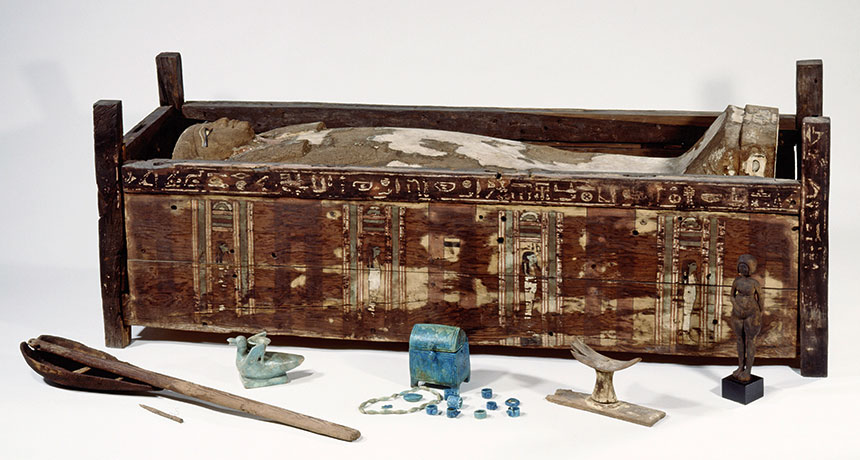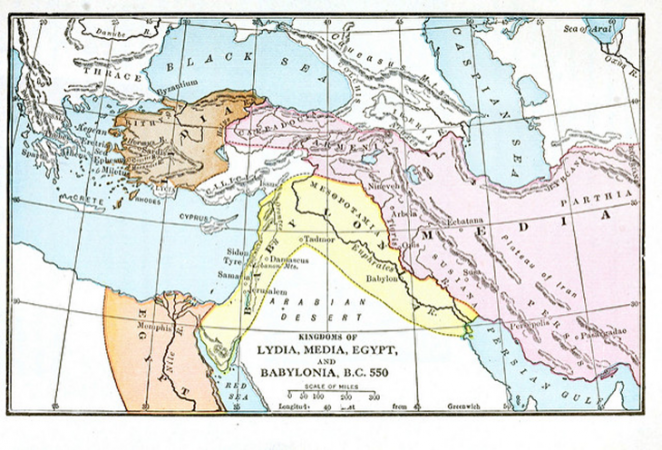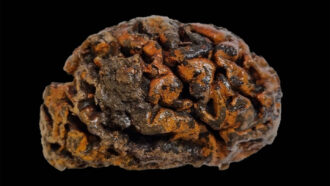cell The smallest structural and functional unit of an organism. Typically too small to see with the unaided eye, it consists of a watery fluid surrounded by a membrane or wall.
chemical A substance formed from two or more atoms that unite (bond) in a fixed proportion and structure. For example, water is a chemical made when two hydrogen atoms bond to one oxygen atom. Its chemical formula is H2O. Chemical also can be an adjective to describe properties of materials that are the result of various reactions between different compounds.
climate The weather conditions that typically exist in one area, in general, or over a long period.
degrade To break down into smaller, simpler materials — as when wood rots or as a flag that’s left outdoors in the weather will fray, fade and fall apart. (in chemistry) To break down a compound into smaller components.
DNA (short for deoxyribonucleic acid) A long, double-stranded and spiral-shaped molecule inside most living cells that carries genetic instructions. It is built on a backbone of phosphorus, oxygen, and carbon atoms. In all living things, from plants and animals to microbes, these instructions tell cells which molecules to make.
gene (adj. genetic) A segment of DNA that codes, or holds instructions, for a cell’s production of a protein. Offspring inherit genes from their parents. Genes influence how an organism looks and behaves.
genetic Having to do with chromosomes, DNA and the genes contained within DNA.
microbe Short for microorganism. A living thing that is too small to see with the unaided eye, including bacteria, some fungi and many other organisms such as amoebas. Most consist of a single cell.
mitochondrial DNA DNA passed on to offspring, almost always by their female parent. Housed in mitochondria, this DNA is double-stranded but circular. It’s also very small, only possessing a small share of the genes found in the main package of DNA, the material found in a cell’s nucleus.
mummify (n. mummy) The process by which a corpse is preserved chemically or through drying. In many cases, communities have intentionally preserved certain members of their society. But bodies of some humans and animals have naturally mummified as the tissues dried out before microbes could degrade them (break them down, as by rotting).
muscle A type of tissue used to produce movement by contracting its cells, known as muscle fibers. Muscle is rich in protein, which is why predatory species seek prey containing lots of this tissue.
social (adj.) Relating to gatherings of people; a term for animals (or people) that prefer to exist in groups. (noun) A gathering of people, for instance those who belong to a club or other organization, for the purpose of enjoying each other’s company.
technology The application of scientific knowledge for practical purposes, especially in industry — or the devices, processes and systems that result from those efforts.
tissue Made of cells, any of the distinct types of materials that make up animals, plants or fungi. Cells within a tissue work as a unit to perform a particular function in living organisms. Different organs of the human body, for instance, often are made from many different types of tissues.









